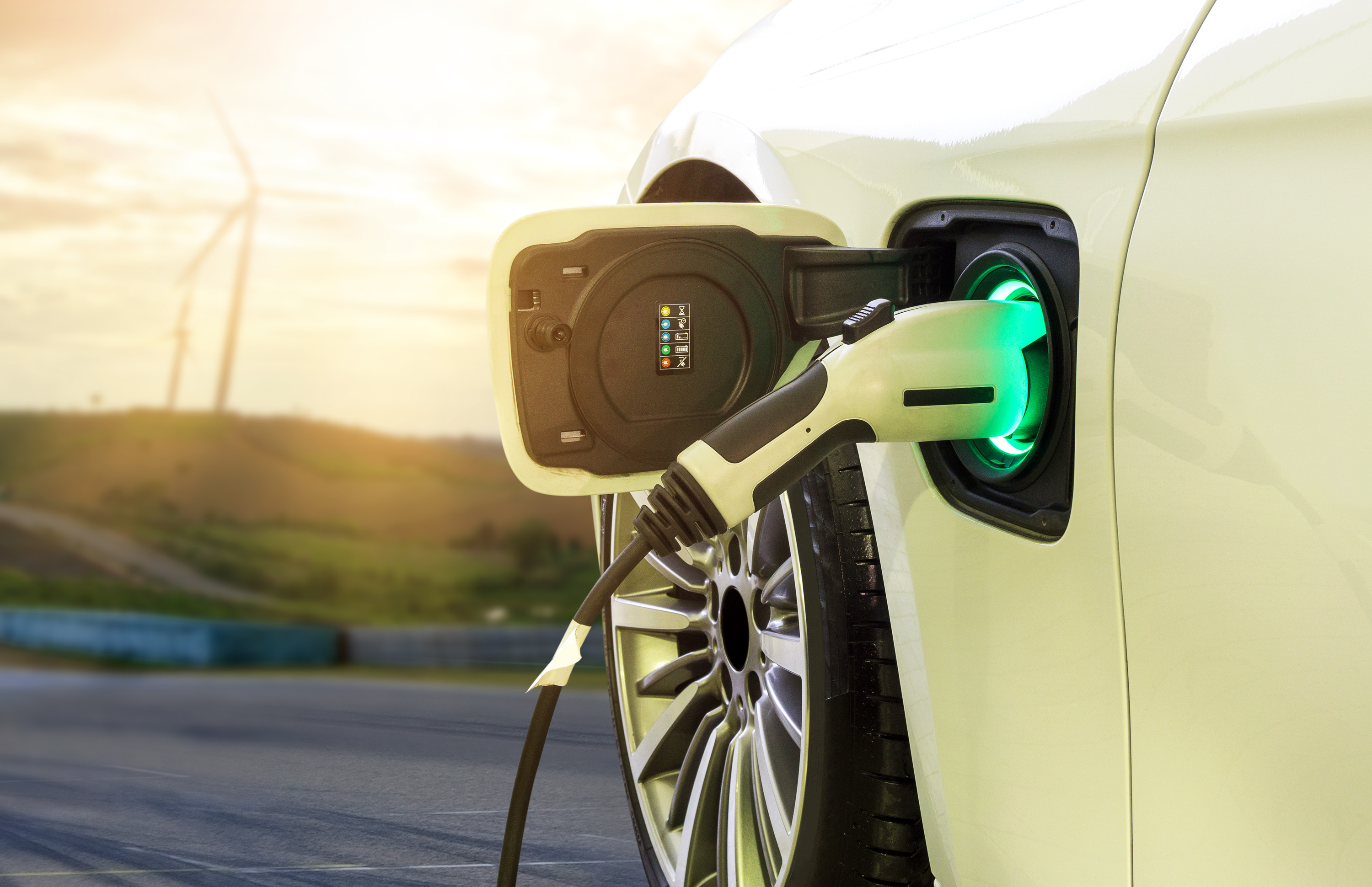Honda invests US$11Bn in a North American EV Value Chain
News Analysis

30
Apr
2024
Honda invests US$11Bn in a North American EV Value Chain
On 25th April 2024 Honda announced plans to invest approximately CAD$15Bn (US$11Bn) along with joint venture (JV) partners in an EV value chain in Ontario, Canada in order to step up to demand in North America.
The proposed project will include an EV facility and a gigafactory capable of respectively producing 240,000 EVs and 36GWh of battery cells each year. The project will also include a precursor and cathode active material (pCAM/CAM) facility through a JV partnership with POSCO Future and a separator facility through a JV partnership with Asahi Kasei Corporation. The project is expected to be operational by 2028.
Although Honda has been a relatively late player to BEVs (especially in North America), this investment shows serious intent by the Japanese automaker for plans within the region. North America remains a key market on the global stage for BEVs, especially given the lucrative tax credits available for eligible vehicles from the Inflation Reduction Act (IRA). Investing in and establishing a domestic supply chain both for the mid and downstream from the beginning is therefore a smart move. Vertical integration will also give Honda more control over supply of materials/components to meet its electrification ambitions, a strategy mastered by BYD in China and one being employed by many in North America.
The origin of the raw materials required for this project are yet to be identified, although key agreements are expected to be announced over the coming years in order to support its growth. Moving forward, Honda will no doubt look to source IRA-compliant raw materials in order to capture the tax credits in their entirety. As the IRA material sourcing requirements become more stringent each year, automakers face increasing challenges during this transition period away from Chinese materials and components. Many projects are still in the planning or construction phase and are therefore unable to support domestic EV production. Consequently, materials are often sourced from overseas suppliers, which increases the uncertainty of EV eligibility. Over the coming years, projects will come to fruition and the volumes of domestically produced materials and components will increase, although the shifting contribution requirements will sustain the pressure for automakers.